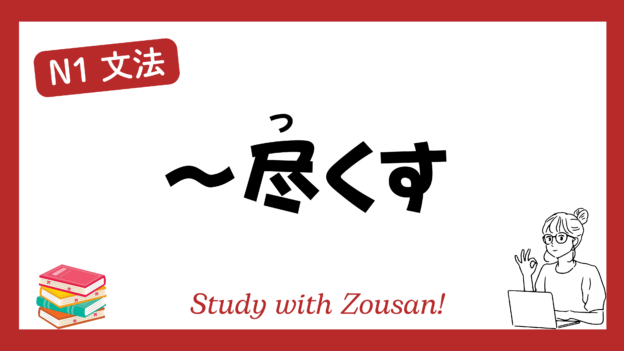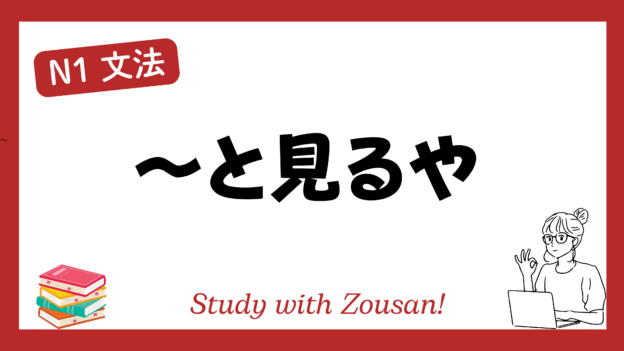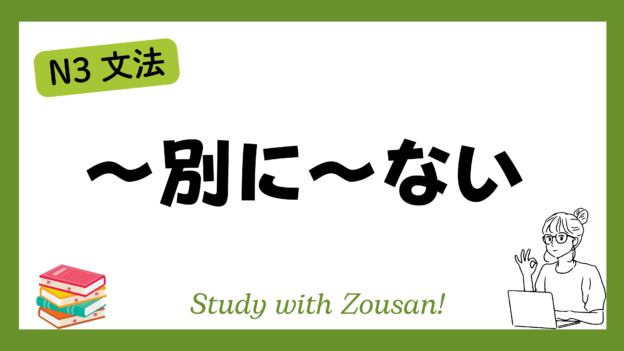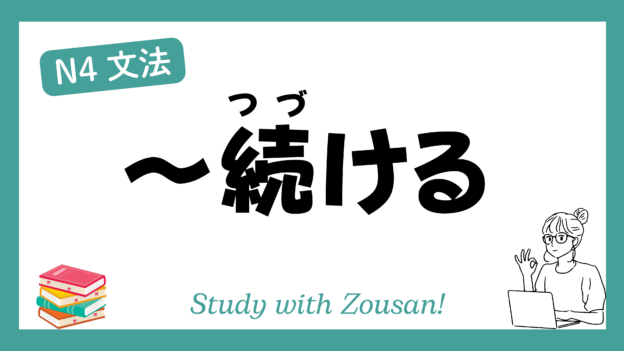N5文法:~じゃない/ではない

2024.10.09
Meaning: “Is not…”
This structure is used to negate or deny something, often to assert that an object does not belong to a certain group or does not possess a certain characteristic. It is a casual and informal way of expressing negation, commonly used in everyday conversation.
※Note: “じゃない” is a casual form of negation. In more formal contexts, “ではありません” can be used to express politeness.
Structure:
| present negative |
【casual】 【polite】 |
| past negative |
【casual】 【polite】 |
Example:
-
-
-
🌟 彼女は先生じゃない。
(かのじょ は せんせい じゃない)
She is not a teacher. -
🌟 これは私の本じゃない。
(これは わたし の ほん じゃない)
This is not my book. -
🌟 あなたは学生じゃない。
(あなた は がくせい じゃない)
You are not a student. - 🌟 彼は日本人じゃない。
(かれ は にほんじん じゃない)
He is not Japanese. -
🌟 今日は日曜日じゃない。
(きょう は にちようび じゃない)
Today is not Sunday.
-
-








